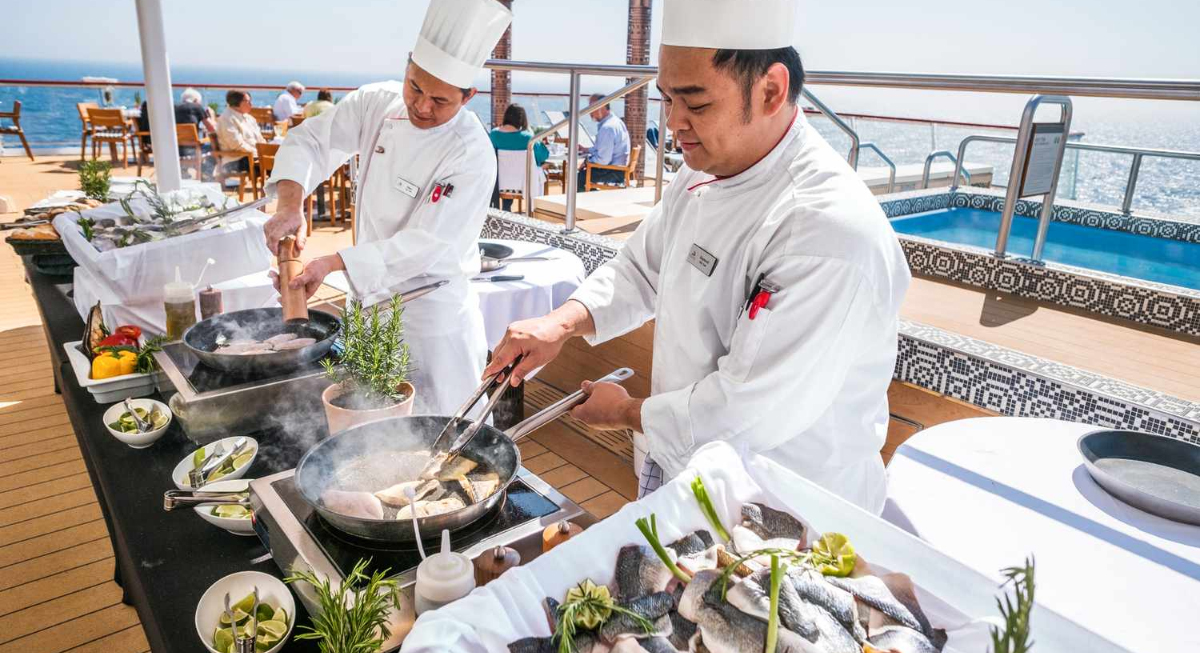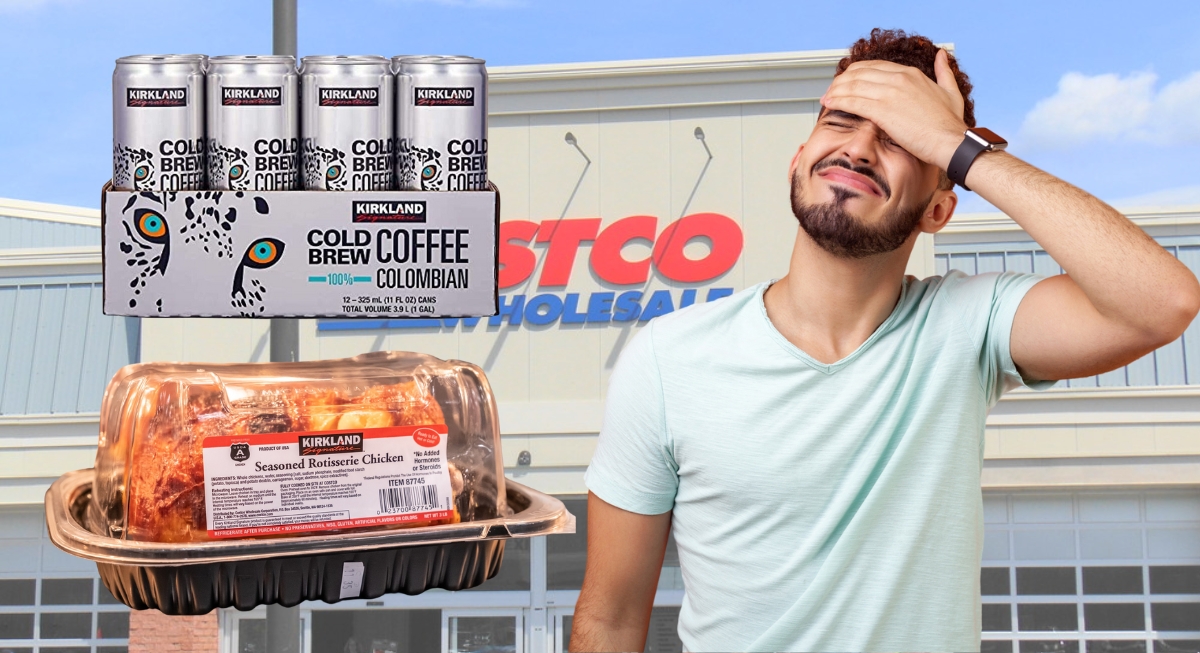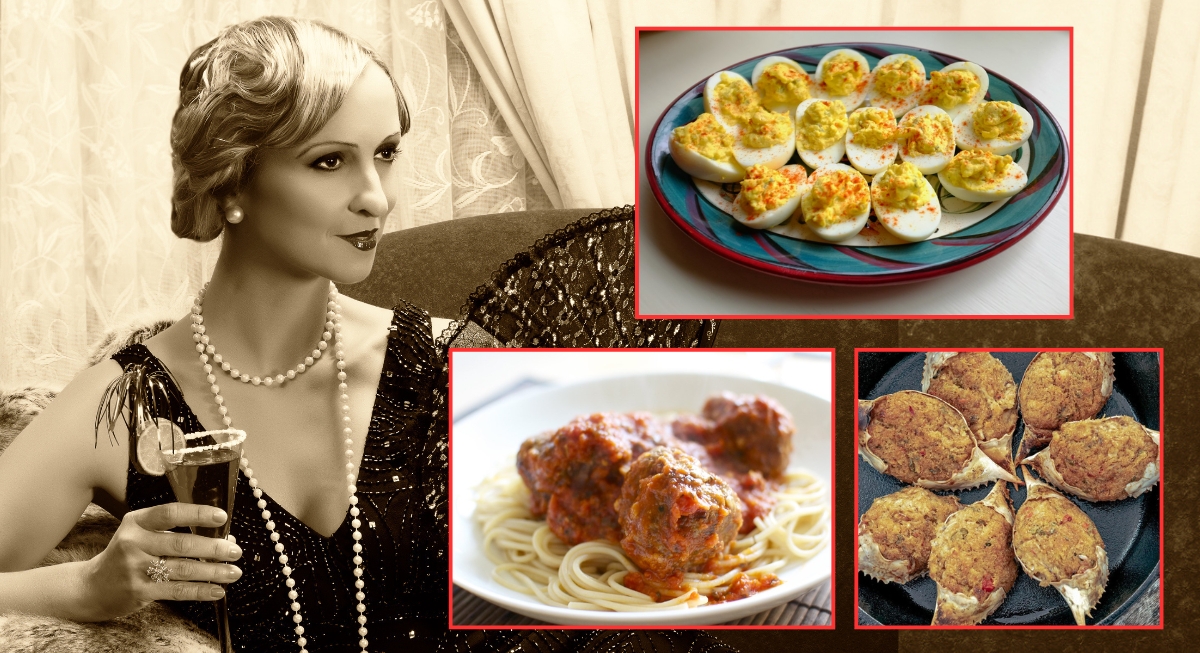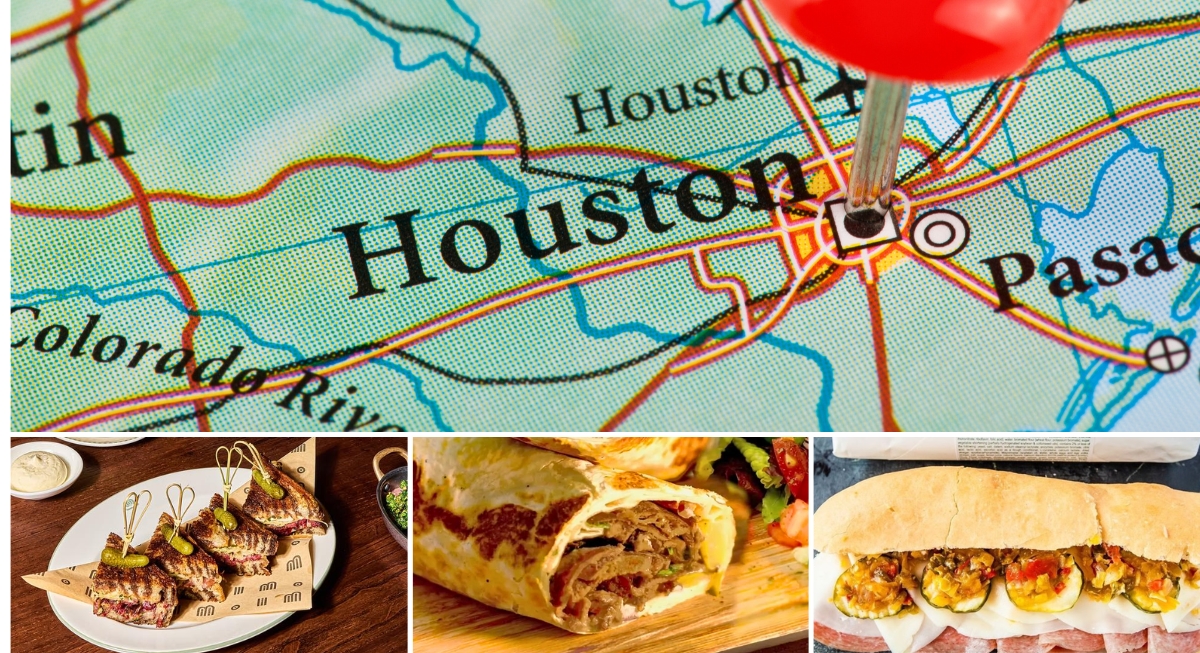If you’ve ever been on a cruise ship, you’d know it feels like being on a massive floating resort surrounded by water, endless food stations, and dessert displays. But here’s the crazy part: most of that food never makes it to a passenger’s plate. People on a cruise ship for all kinds of fun and activities hardly find enough time to fill themselves up multiple times a day. And that’s how a single cruise ship ends up wasting thousands of pounds of perfectly good food that never gets eaten.
But if you thought they tossed everything overboard, you’re wrong. In fact, some of these cruise ships have developed seriously smart ways to handle leftover food, and that’s exactly what we will reveal in this article.
Check out these surprisingly fascinating strategies that would make an environmental engineer geek out:
Precise Portion Measurement
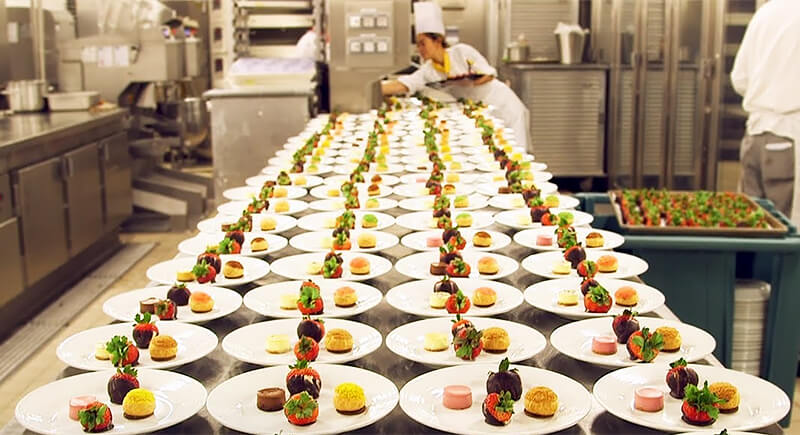
Credit: Reddit
Chefs at these cruise ships are basically food waste detectives. They weigh every dish before and after buffets, tracking what passengers eat. This strategy helps them reduce leftovers and serve just the right amount of food. It's like a culinary math game that saves the ship thousands in food costs and reduces environmental impact.
Biodigester Technology
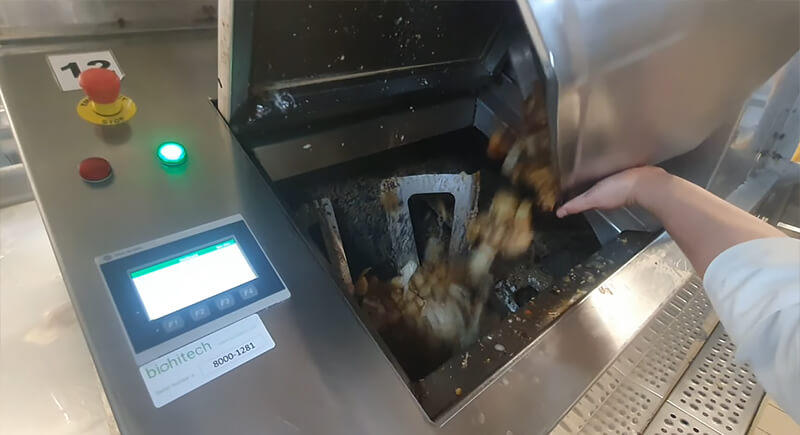
Credit: Youtube
Think of biodigester machines as the cruise ship's secret weapon against food scrap. These crazy-smart machines use bacteria to break down leftovers like a mechanical stomach, chomping through organic materials 24/7. They shrink leftover food faster than you can say "all-you-can-eat buffet"!
Microwave-Assisted Pyrolysis (MAP)
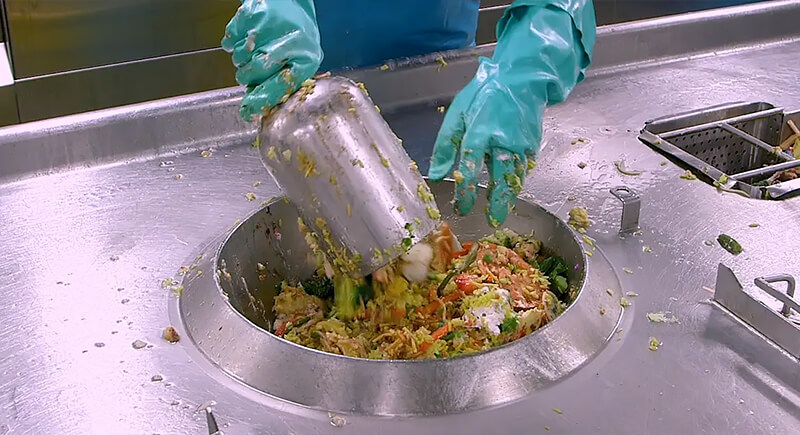
Credit: Youtube
Royal Caribbean has a game-changing trick up its sleeve: turning food junk into energy. Their new Microwave-Assist Pyrolysis (MAP) system changes leftover buffet scraps into power pellets. These tiny energy generators can fuel parts of the ship, making byproducts work overtime.
Strict Four-Hour Food Safety Rule
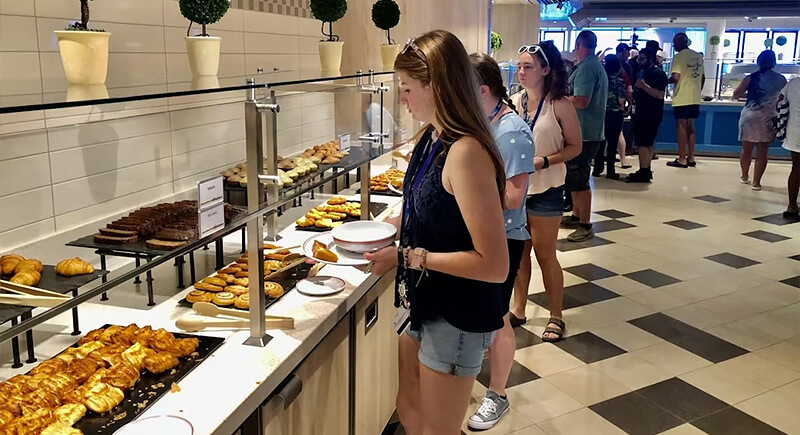
Credit: Facebook
Cruise lines take food safety seriously with their strict four-hour buffet rule. Once food is placed out, it must be discarded after four hours, even if it hasn't been touched. This critical policy helps prevent potential illness outbreaks and ensures passengers' health by minimizing cross-contamination risks.
Dehydration Processing

Credit: Youtube
Food residual dehydrators are like magic machines that shrink cruise ship leftovers. By sucking out moisture, they reduce food volume by up to 90%. The result? A dry, compact biomass that's easy to store, transport, and potentially convert into energy. It's like turning a messy buffet pile into a lightweight, manageable package.
Color-Coded Waste Separation
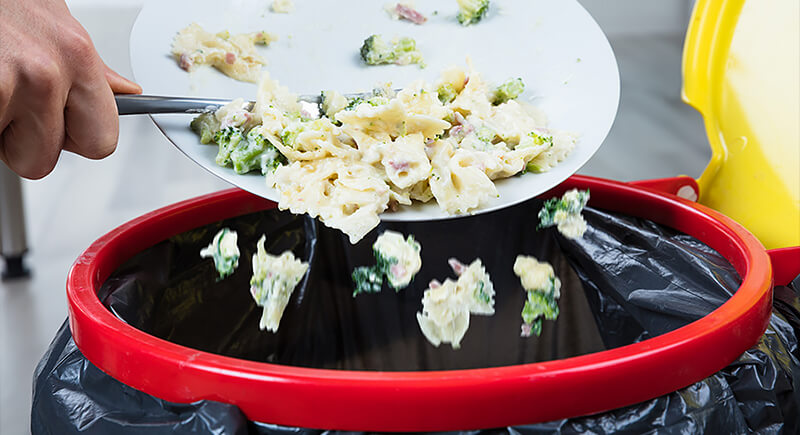
Credit: Reddit
Cruise ship kitchens are like color-coded waste sorting headquarters. Staff use specific containers for different food types—green for veggies, red for meaty scraps, and blue for mixed items. This system helps them track, manage, and process surplus more efficiently. It's basically a food recycling strategy that turns messy leftovers into a streamlined operation.
Anaerobic Digestion at Ports
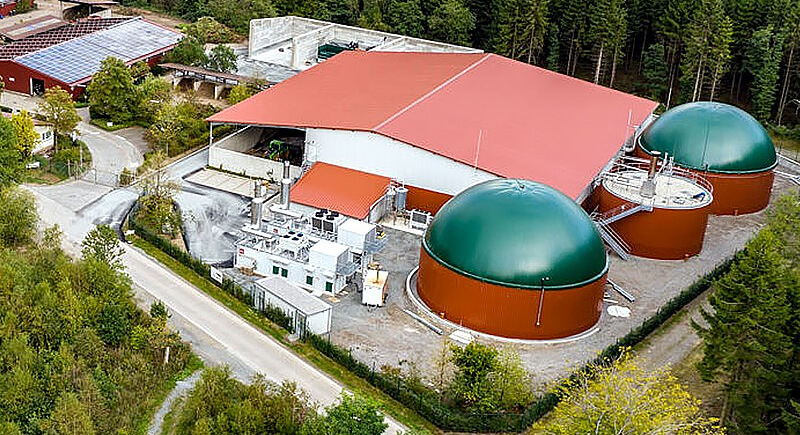
Credit: Wikimedia Commons
Many ports are turning into eco-friendly junk transformation zones. These specialized facilities take cruise ship food scraps and work magic, converting leftovers into biogas and nutrient-rich fertilizer. It's like giving trash a second life-transforming potential garbage into clean energy and agricultural gold. Talk about recycling on steroids.
Menu Design Strategy
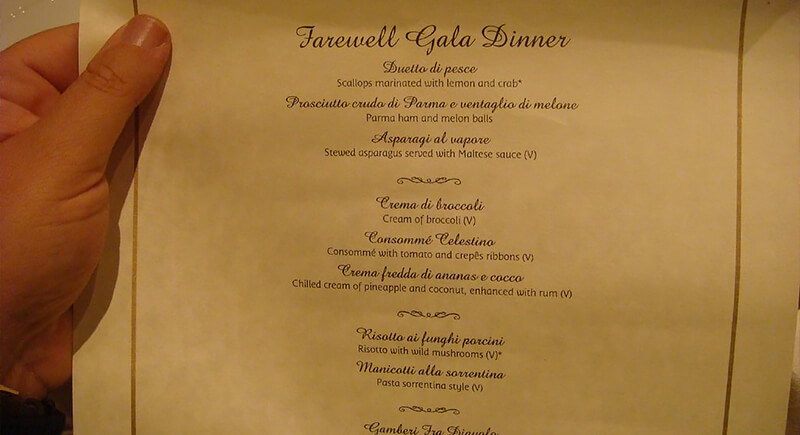
Credit: flickr
Cruise lines are culinary strategists designing menus to minimize excess. By offering diverse and carefully curated cuisine options, they help passengers find what they want to eat. This approach reduces food waste, saves money, and creates a more satisfying dining experience for guests.
Waste Tracking and Reporting
Credit: flickr
Carnival Corporation is crushing the food waste game. By deploying cool technologies like biodigesters and food dehydrators, they've slashed waste per passenger. Their goal? Cut food waste by 50% by 2030. These innovative strategies are changing how cruise ships handle leftovers, one meal at a time.
International Maritime Waste Regulations
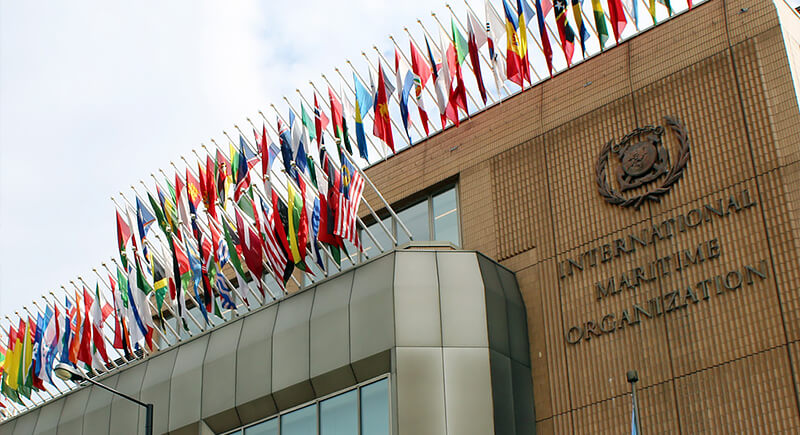
Credit: flickr
Cruise ships navigate complex international maritime regulations when disposing of food rejects. The International Maritime Organization (IMO) mandates that ground food can only be discharged while the ship is en route and at least 12 nautical miles from the nearest land or ice shelf.
Composting Systems
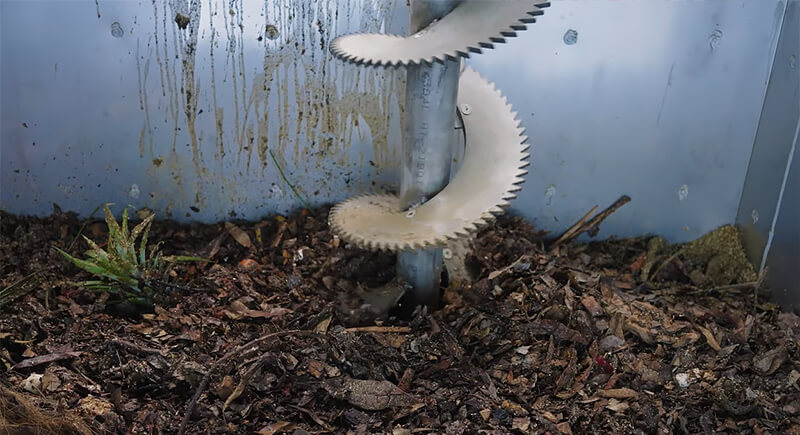
Credit: Youtube
Some cruise lines have implemented onboard composting technologies that convert food into soil conditioners, creating a circular waste management approach. Their unique system converts the additional food into nutrient-rich compost at Stamsund Harbor, which is then used to grow vegetables that eventually return to the ship's menu.
Innovative Bacteria Cultivation
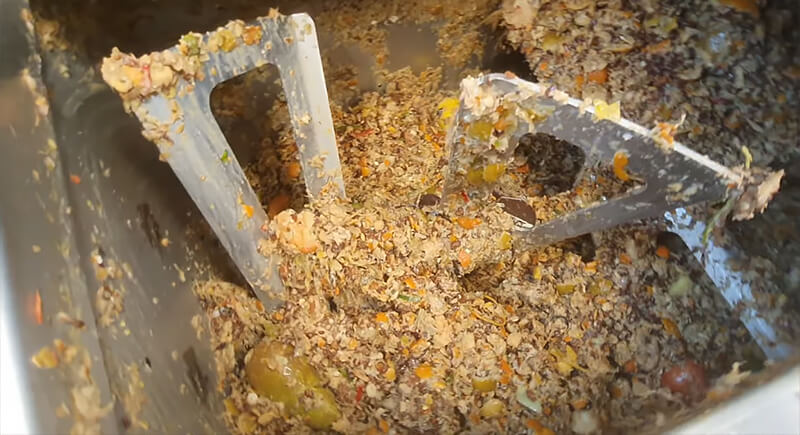
Credit: Youtube
Princess Cruises replaced traditional plastic balls used in biodigestion with natural alternatives like peach pits, demonstrating commitment to more sustainable waste processing methods. The peach pits serve as a natural biomedia in the biodigestion process, helping break down food waste while reducing environmental impact.
Waste-to-Energy Conversion
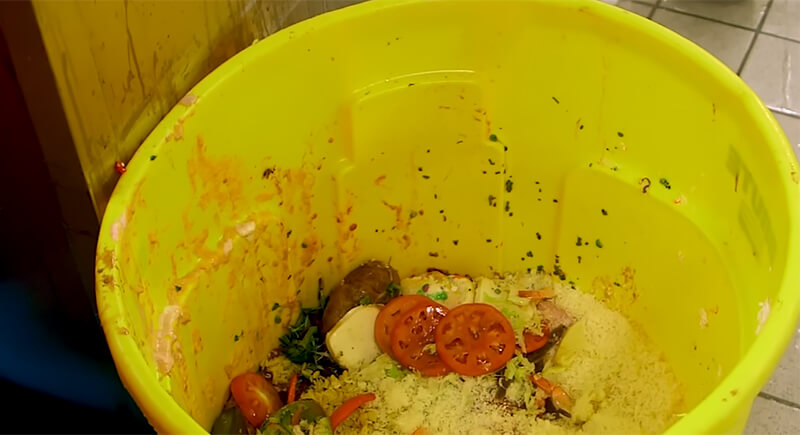
Credit: Youtube
Royal Caribbean is revolutionizing waste management with Micro Auto Gasification (MAG) technology. The system turns solid waste into synthesis gas, creating energy onboard while cutting an environmental footprint. It converts up to 95% of waste into thermal energy, changing trash into a powerful, sustainable fuel source.
Continuous Technological Innovation
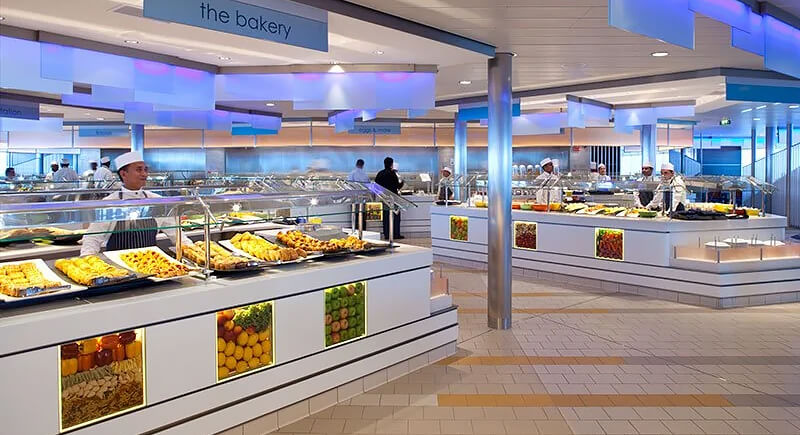
Credit: Reddit
Cruise companies are reshaping waste management with breakthrough technologies. Royal Caribbean aims to cut food waste by 50% by 2025, using systems like Microwave-Assisted Pyrolysis and Micro Auto Gasification. These innovations turn waste into energy, dramatically reducing environmental impact.
Environmental Impact Reduction
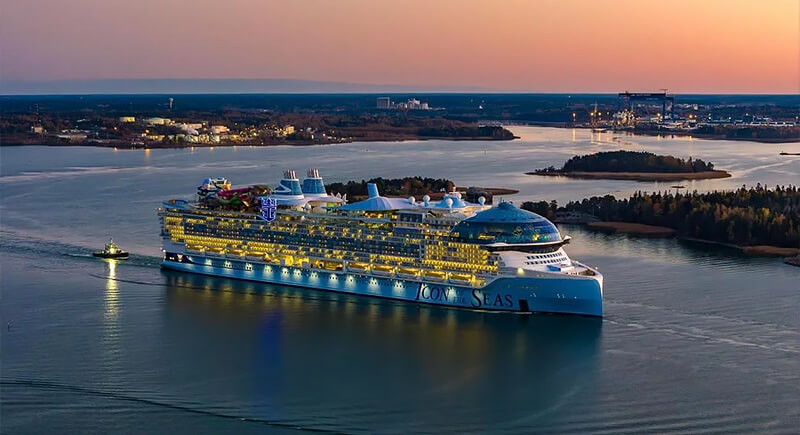
Credit: Reddit
Biodigester technologies help reduce methane and carbon dioxide emissions while minimizing the ocean's burden of food waste decomposition. Consider them the underwater eco-commandos, converting potential marine pollution into harmless liquid magic.

